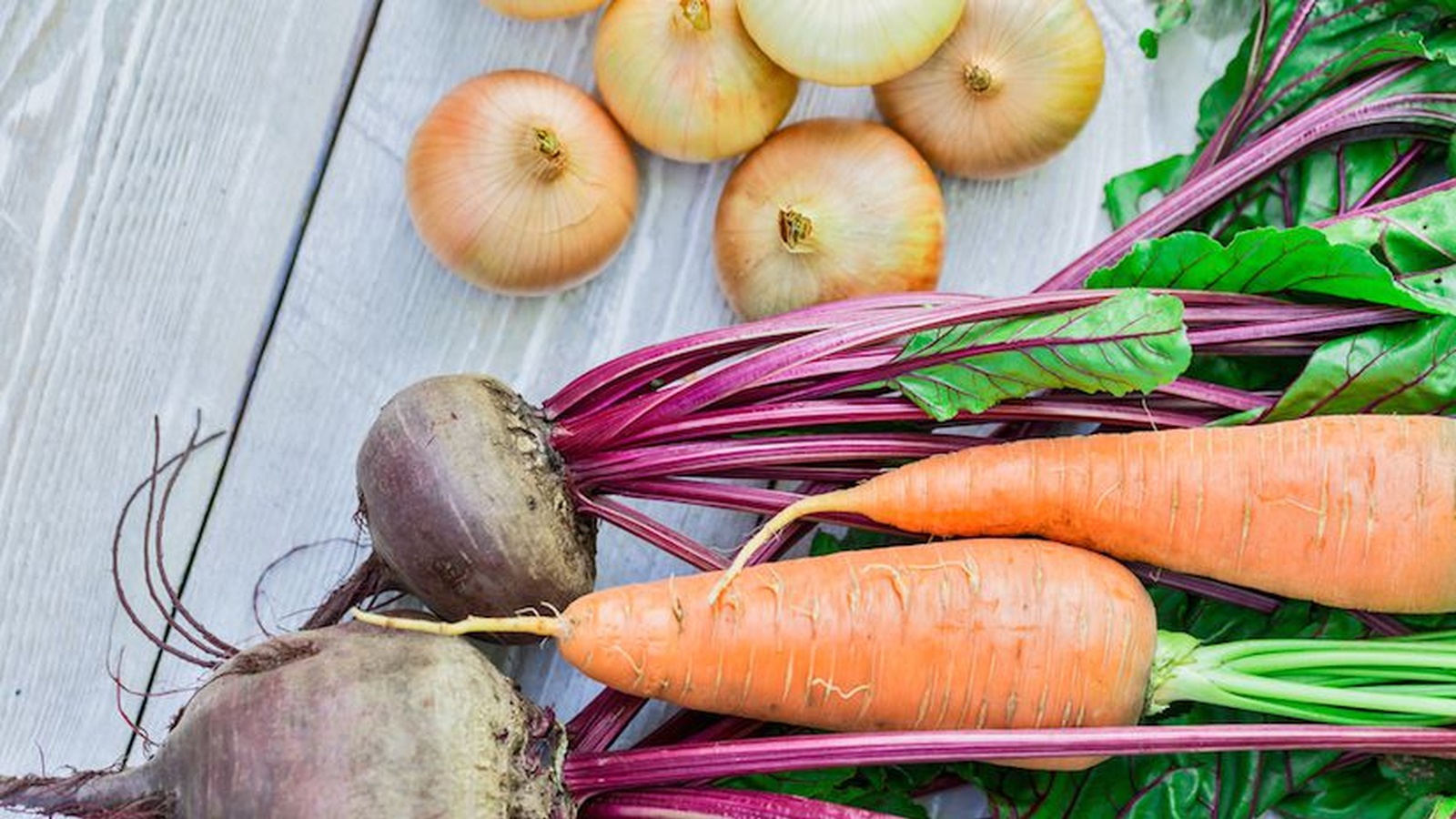Six Ingredients To Lower Inflammation
Most of us are familiar with inflammation on the surface of our bodies which involves local redness, heat, swelling and pain, but there is another kind of inflammation that lingers within our bodies. Inflammation exists within us all and is an extremely powerful, necessary function for our survival. It’s the cornerstone of the body’s healing response; ensuring that appropriate nourishment and adequate immune activity is delivered to an area that is injured or under attack.
However, there’s a darker side to the wonderful healing capabilities of inflammation and because of its gripping, powerful responsiveness, inflammation can be incredibly destructive to your health, particularly when it extends beyond the boundaries of a localized area, or continues for long periods of time.
The body has very complex mechanisms to ensure that inflammation stays where it’s supposed to stay, and ends where it’s supposed to end, but it’s becoming increasingly common that people have persistent inflammation lingering in their bodies. Unlike a normal, healthy inflammatory response, this type of inflammation serves no purpose.
Since the 19th century, the idea that inflammation is the underlying cause of aging, and age related illnesses has been studied in depth. Researchers have discovered that complex chemical reactions occur throughout the body in response to inflammation which leads to an overactive immune system.
Over a lifetime, an overactive immune system will contribute to an overproduction of AGE’s, advanced glycation end products, initiating oxidative reactions within cells that will gradually damage organs throughout the body. This type of chronic, low level inflammation is very common and researchers believe it is a contributor in age related diseases including cardiovascular and neurodegenerative illnesses.
Scientists have confirmed that inflammation increases with age, and research conducted in the late 1990s showed that C-reactive protein (CRP), an inflammatory protein, is a very accurate predictor of future heart problems, superseding high blood pressure and high cholesterol.
One of the simplest causes of underlying inflammation, and one that we have a certain amount of control over is an ‘inflammatory lifestyle’, which includes factors of environmental toxin exposure, stress, and poor diet.
Simply put, what you put in your mouth is arguably one of the most powerful choices you can make to impact your inflammatory status. When I realized this and altered my diet, I continued to feel better and better every day. I’m frequently being asked how I manage my fibromyalgia through diet and in the past couple of years that I’ve been eating an anti-inflammatory diet my auto-immune symptoms are noticeably improved. So much so that I lead a fulfilling and energetic life and feel healthier than I ever have.
Happily my fibromyalgia lives in lowercase and does not feature in my life prominently. I believe that healing my gut and switching to an anti-inflammatory diet have been the key to my health improvements.
WHAT FOODS TO AVOID
Foods that contribute to inflammation in the body are saturated fats from poorly fed animals and animals fed and finished on genetically modified corn and grains, antibiotics and hormones. Trans-fats from margarine, shortening and hydrogenated oils are also huge contributor.
When it comes to eating fats and oils, it’s important to avoid a diet high in omega-6 and low in omega-3 fatty acids, as this unhealthy balance leads to an increase in cytokines; which are proteins released in the cells which trigger inflammation.
Sugar is a major factor in inflammation, as well as any form of refined food.
Refined grains that can be found in your everyday supermarket breakfast cereals, breads, pasta’s and muesli bars are pro-inflammatory as the refining process depletes fibre and vitamin B, which are needed to keep inflammation at bay.
Try to avoid refined, processed and manufactured foods and eat as much fresh, wholefood as possible.
WHAT FOODS TO ENCOURAGE
Clean and unprocessed foods supply your body with the vitamins, minerals and highly effective phytonutrients required to increase your body’s defense against chronic inflammation.
SIX OF MY FAVORITE ANTI-INFLAMMATORY FOODS
1. CRUCIFEROUS VEGETABLES
Cruciferous vegetables have potent anti-inflammatory and anti-cancer effects, and include a range of vegetables including broccoli, kale and cabbage.
Bok choy, a vibrant, green leafy vegetable found in many Asian cuisines, boasts a particularly high anti-inflammatory effect due to its potent concentration of beta carotene and vitamin A. Beta carotene is a potent antioxidant required to protect cells from toxic damage. Interestingly, one serve of Bok choy contains up to 70mg of omega 3 fats.
Omega 3’s are paramount in reducing the body’s inflammatory status, as well as preventing the risks and symptoms of a number of disorders influenced by inflammation. Omega 3 rich foods include flaxseeds, walnuts, navy beans, kidney beans, and cold-water oily fish including salmon, mackerel, black cod, herring, anchovies and my favorite sardines.
2. SARDINES
Sardines offer a serious omega-3, inflammation busting hit. These little swimmers are one of the most concentrated sources of the omega-3 fatty acids EPA & DHA as well as vitamin B12, both of which have been found to decrease cardiovascular disease; one of the top inflammatory related illnesses.
The Omega-3 fatty acids found in sardines lower tryglicerides and unhealthy cholesterol levels, while vitamin B12 keeps levels of homocystine in balance. Homocystine can damage artery walls, with elevated levels being directly linked to artherosclerosis.
Canned sardines in extra virgin olive oil are the most convenient option, as they require minimum preparation. You can add them to salads, or combine with lemon juice, olive oil, Celtic sea salt and cracked pepper on a gluten free cracker for a tasty, nutrient dense snack.
3. HERBS AND SPICES
Herbs and Spices can be added to your pantry to not only pump up the flavor of your favorite meals, but provide powerful anti-inflammatory benefits. Turmeric in particular has been recognized by scientists to hold incredible anti-inflammatory effects due to its active ingredient; curcumin.
Recent studies signify that the curcumin found in turmeric increases LDL receptor expression. Poor LDL receptor activity can leave LDL particles open and vulnerable to oxidization from inflammatory responses including the presence of AGE’s, leading to a range of chronic diseases.
4. TURMERIC
Turmeric has the ability to protect fats against oxidization during the cooking process, as well as shielding the body against oxidative stress once the cooked meal has been consumed. Turmeric can be bought fresh, or dried in the form of a powder, and is a perfect ingredient to add to soups, curries, and Indian style dishes.
5. GINGER
Ginger is the root of a plant from the same family as turmeric and has been used as a remedy for centuries in Asian, Indian and Arabic systems of medicine. This spicy ingredient is a potent anti-inflammatory, inhibiting the formation of inflammatory prostaglandins, thereby reducing the pain associated with osteoarthritis and other inflammatory illnesses.
Studies reveal that ginger may help halt the inflammation that’s associated with liver cancer by stopping the pro inflammatory TNF-α, a type of signaling protein that causes inflammation. Include freshly grated ginger into stir fries, soups and curries, or add it to hot water with lemon and a couple of drops of stevia to make a spicy, soothing tea, I like to drink it first thing in the morning before I eat anything as it is a wonderful internal alkalizer and detoxer.
6. EXTRA VIRGIN OLIVE OIL
Another nutrient to really grab hold of in an anti-inflammatory diet is the presence of polyhenols. Polyphenols are powerful antioxidants shown to help reduce inflammation throughout the body. These compounds include at least nine categories, and more than two dozen polyphenol compounds have been well researched as anti-inflammatory nutrients. For example, polyphenolic compounds have been proven to decrease the production of messaging molecules responsible for inflammation, inhibit pro-inflammatory enzymes, and decrease the synthesis of the enzyme inducible nitric oxide synthase.
Thankfully, these complex anti-inflammatory functions can be found your everyday bottle of extra virgin olive oil, which is known to contain significant quantities of polyphenols. Researchers worldwide find that a diet rich in olive oil polyphenols is associated with healthier breast tissue, colon function, cardiovascular function, and a protection from the inflammatory effects of secondary smoke and other environmental toxins. Remember to use olive oil on salads and only heat it to a moderate temperature.
Try adding some or all of these foods into your diet and let me know how you feel?
If you haven’t already, join our free global challenge at www.GetOffTheGluten.com to receive daily recipes & health tips, access to our private group for support and inspiration, plus before and after testing to track your progress in key areas of your life such as weight, sleep, bloating, skin-conditions, mental health and more!


